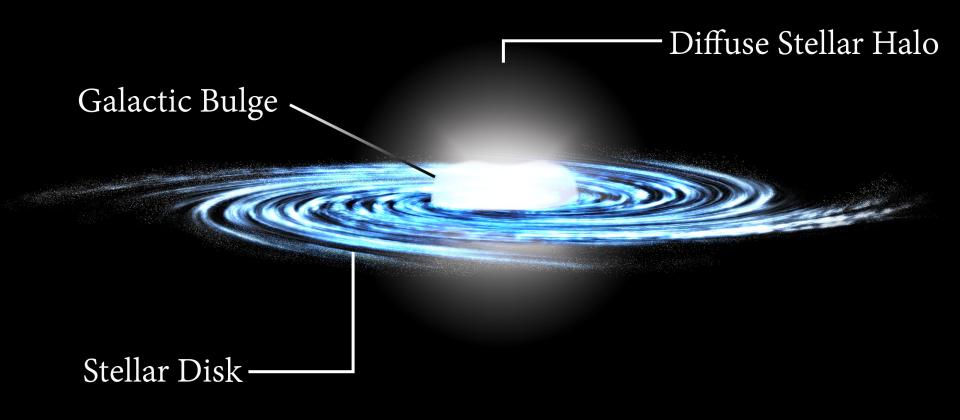Mysterious gamma ray signal ‘is coming from ancient stars in the centre of our galaxy’

A mysterious gamma-ray signal detected coming from the centre of our own Milky Way galaxy is not coming from ‘dark matter’, as scientists though.
Instead, the signal is coming from very ancient stars – 10 billion years old.
A team led by Dr. Roland Crocker of The Australian National University (ANU) says the signal is emitted by thousands of rapidly spinning neutron stars called millisecond pulsars.
Dr Crocker said, ‘Millisecond pulsars close to the Earth are known to be gamma-ray emitters.
‘At the distance to the centre of our galaxy, the emission from many thousands of these whirling dense stars could be blending together to imitate the smoothly distributed signal we expect from dark matter.
Many scientists believe that dark matter – matter that scientists cannot see – is widely present in the universe and helps explain how galaxies hold together.

The Fermi Gamma-Ray Space Telescope, which has been in a low Earth orbit since 2008, has given scientists their clearest ever view of the gamma-ray sky in this energy range.
MOST POPULAR TODAY ON YAHOO
Theresa May says ‘highly likely’ Russia poisoned spy in Salisbury
School run parent refuses to move Mercedes after parking in front of a fire station
Man faces jail for choking woman, 20, to death during sex after they met at a bus stop
Miraculous survival of commuter pushed in front of Tube by a psychiatric patient
Porn star Stormy Daniels offers to pay back $130k she was paid to keep quiet about Trump ‘affair’
Crocker said, ‘While the centre of our galaxy may be rich in dark matter, it is also populated by ancient stars that make up a structure called the galactic bulge.’
Crocker said the signal detected by Fermi closely traces the distribution of stars in the galactic bulge.
Crocker said, ‘Ongoing observational and theoretical work is underway to verify or refute the hypothesis that the gamma-ray signal comes from millisecond pulsars.’

 Yahoo Finance
Yahoo Finance 
